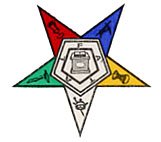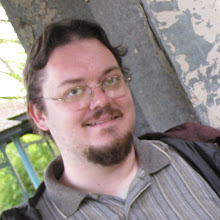Every Masonic Lodge is a temple of religion; and its teachings are instruction in religion. For here are inculcated disinterestedness, affection, toleration, devotedness, patriotism, truth, a generous sympathy with those who suffer and mourn, pity for the fallen, mercy for the erring, relief for those in want, Faith, Hope, and Charity. Here we meet as brethren, to learn to know and love each other. Here we greet each other gladly, are lenient to each other's faults, regardful of each other's feelings, ready to relieve each other's wants. This is the true religion revealed to the ancient patriarchs; which Masonry has taught for many centuries, and which it will continue to teach as long as time endures. If unworthy passions, or selfish, bitter, or revengeful feelings, contempt, dislike, hatred, enter here, they are intruders and not welcome, strangers uninvited, and not guests.
I enjoyed this little piece by Albert Pike. The application of Masonry to and as religion is one of the sweetest benefits to be had in Freemasonry (by those who are willing to receive it.) Masonry stays clear of the theological and salvific matters of Religion, and therefore is neither a Religion of its own, or the substitute for one, but as the handmaiden of Religion, a Brother should not be afraid to take up what it has to offer, sow it and reap a spiritual harvest from doing so.
My own religion is deeply Masonic (both on a personal level, and a historical level - me being a Mormon.) and I'm glad it is. The Masonic tenets of Liberty and Equality help to keep the whole system grounded for me, and allow me to avoid the type of vain pride that religionists can so easily become filled with and instead show genuine love and respect for all of my fellow beings.









